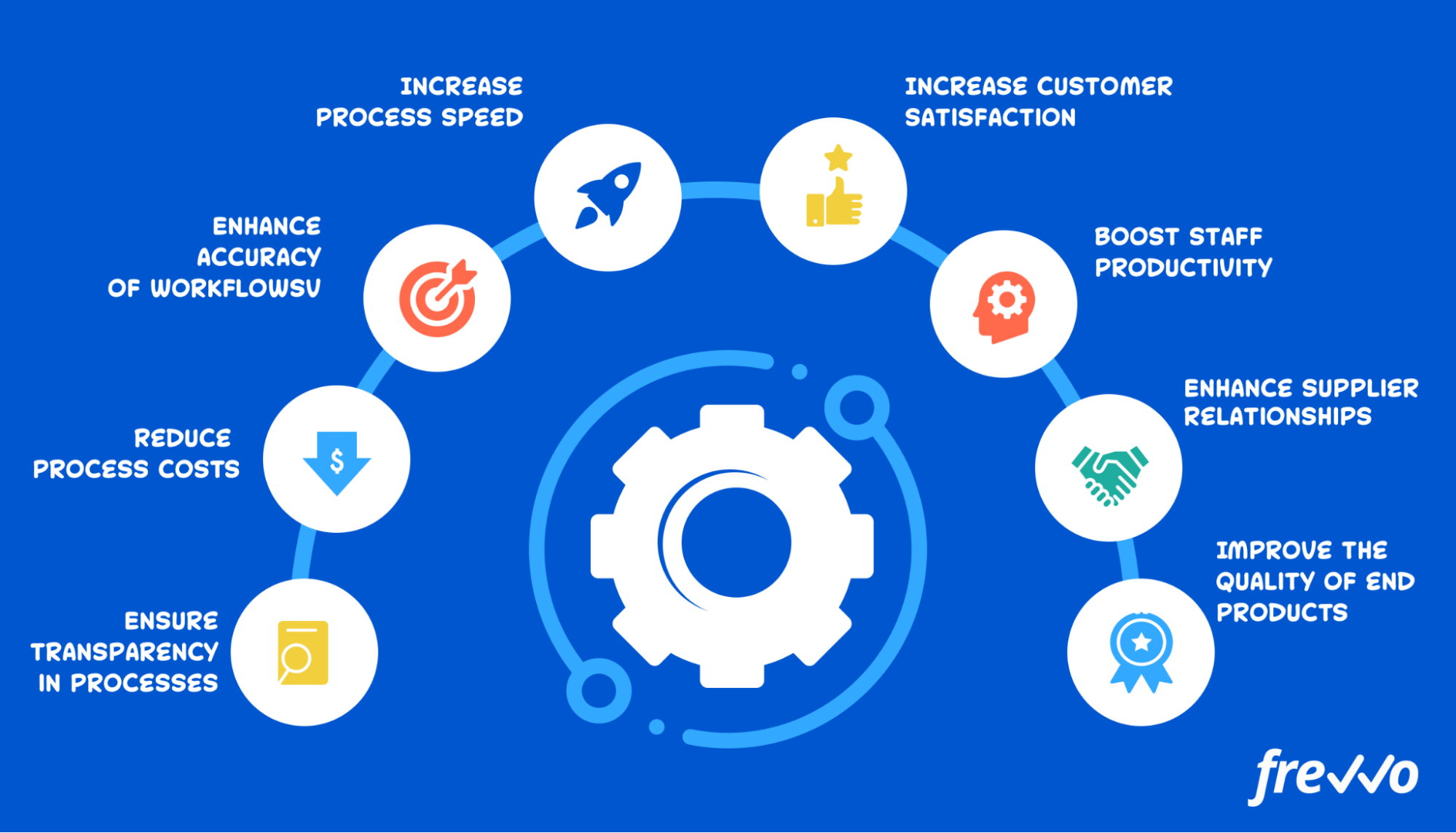In the fast-paced world of technology, operational efficiency is key to success. Ensuring that your business processes are streamlined and optimized can make a significant impact on your bottom line. One way to achieve this is through operational efficiency audits. These audits allow you to evaluate and improve your processes, identifying inefficiencies and implementing solutions to maximize productivity.
What is an Operational Efficiency Audit?
An operational efficiency audit is a systematic review of your business processes, designed to identify areas where improvements can be made. This process involves analyzing each step of your workflow, from initial input to final output, to determine where bottlenecks or inefficiencies may exist. By identifying these areas, you can develop a plan to streamline operations and improve overall efficiency.
Benefits of Operational Efficiency Audits
There are many benefits to conducting an operational efficiency audit for your tech business. Some of the key advantages include:
Cost Reduction: By identifying and eliminating inefficiencies, you can save money on wasted resources.
Improved Productivity: Streamlining processes can lead to increased productivity and faster project completion times.
Enhanced Quality: By optimizing your workflows, you can ensure that your products and services are of the highest quality.
Competitive Edge: Companies that operate more efficiently are better positioned to outperform their competitors in the market.
Steps to Conducting an Operational Efficiency Audit
When conducting an operational efficiency audit, there are several key steps to follow:
Define Objectives: Clearly outline the goals of the audit and what you hope to achieve through the process.
Collect Data: Gather information on your current processes, including workflows, timelines, and resource allocation.
Analyze Findings: Review the data collected to identify areas where improvements can be made.
Develop Action Plan: Create a plan to address the identified inefficiencies, outlining specific steps for improvement.
Implement Changes: Put your action plan into motion, making changes to your processes as needed.
Monitor Progress: Continuously evaluate the impact of your changes and make adjustments as necessary to ensure ongoing efficiency.
Common Areas for Improvement
When conducting an operational efficiency audit in the tech industry, there are several common areas where improvements may be needed:
Workflow Automation: Implementing automated processes can save time and reduce the risk of human error.
Resource Allocation: Ensuring that resources are allocated efficiently can prevent bottlenecks and delays.
Communication Channels: Improving communication between team members can streamline collaboration and project management.
Technology Upgrades: Upgrading outdated systems and software can improve efficiency and performance.
Conclusion
Operational efficiency audits are a valuable tool for improving processes in the tech industry. By identifying and addressing areas of inefficiency, businesses can optimize their workflows, reduce costs, and improve overall productivity. If you want to stay ahead of the competition and maximize your potential for success, consider conducting an operational efficiency audit for your tech business today.
